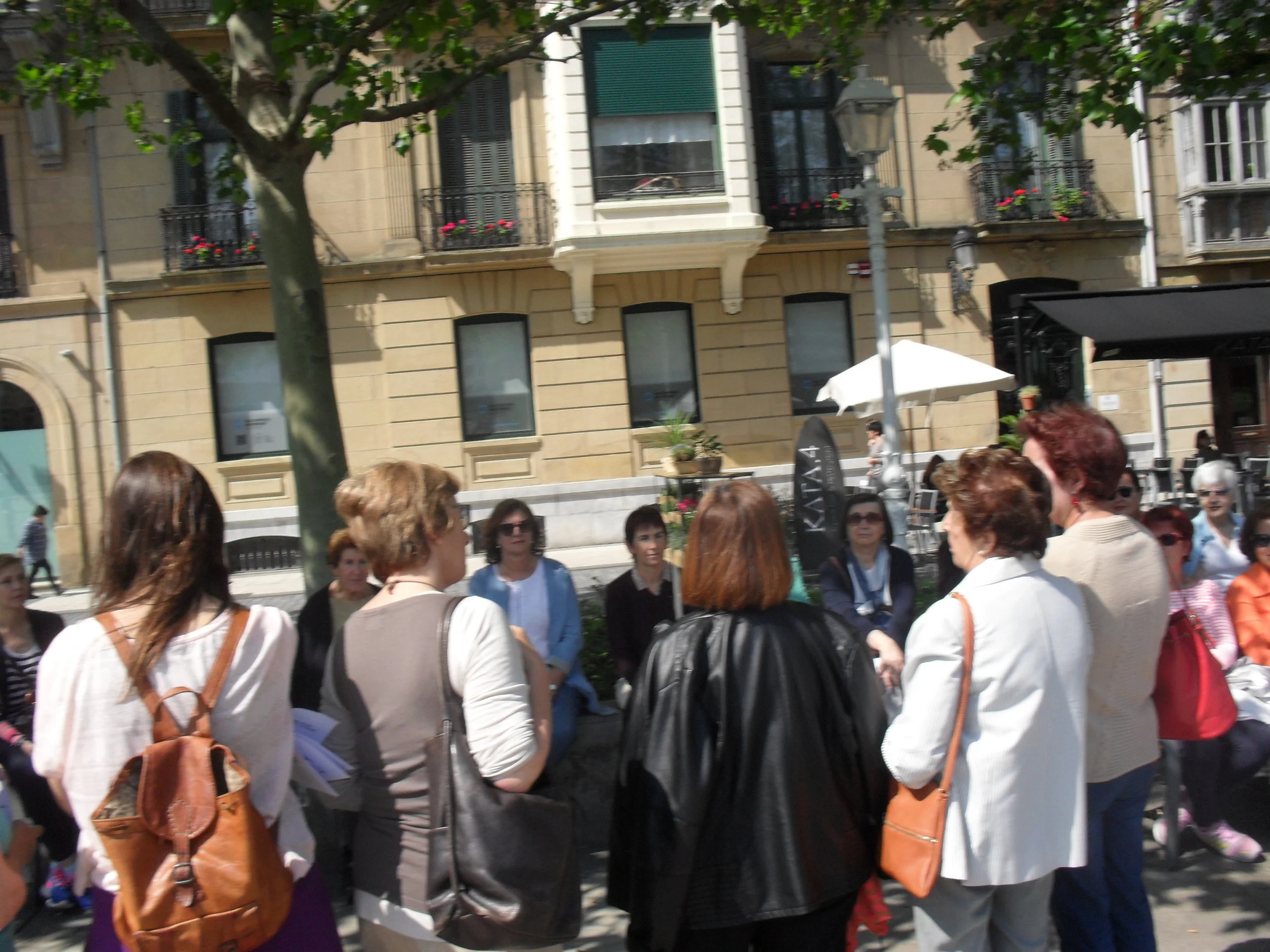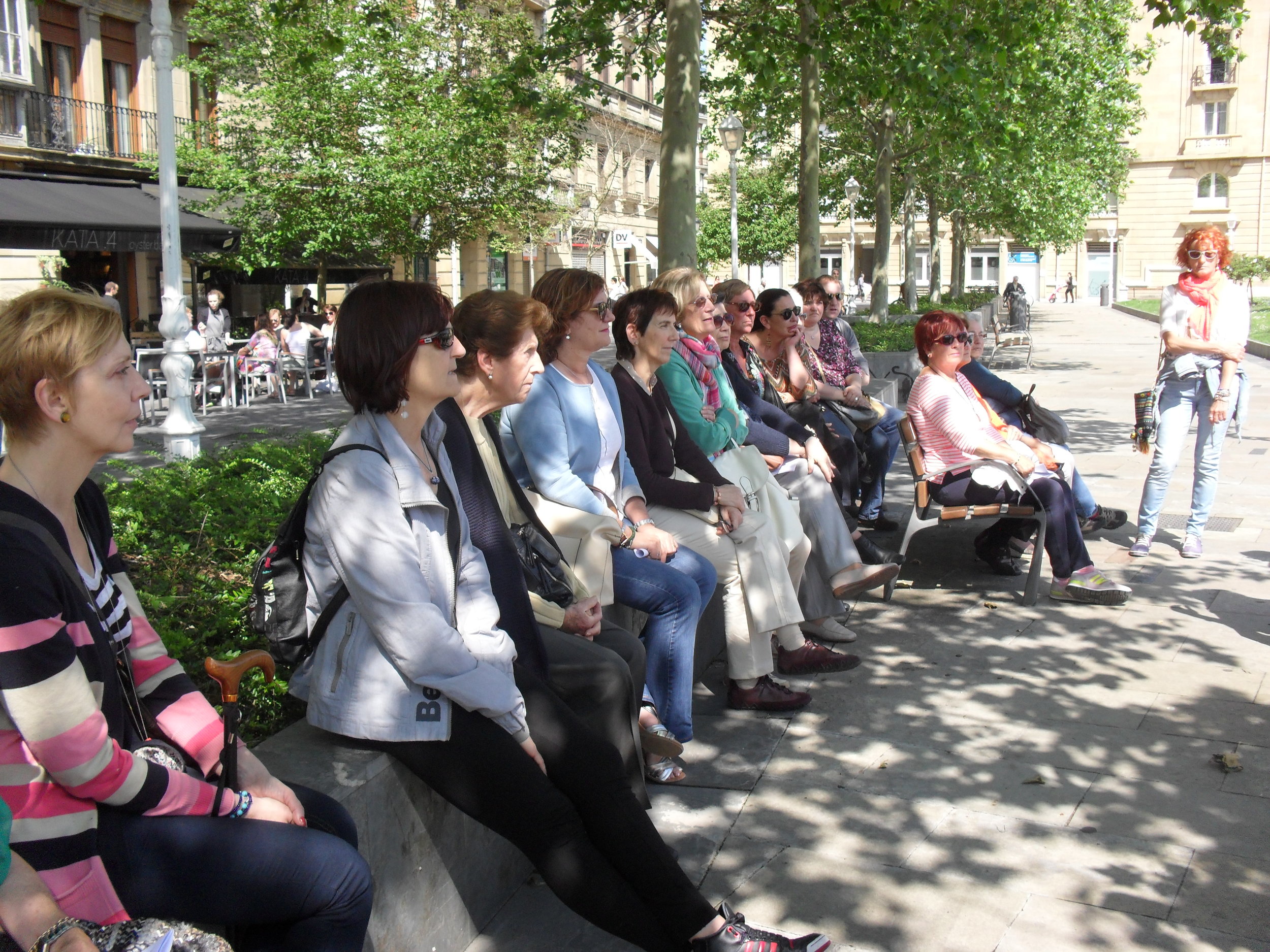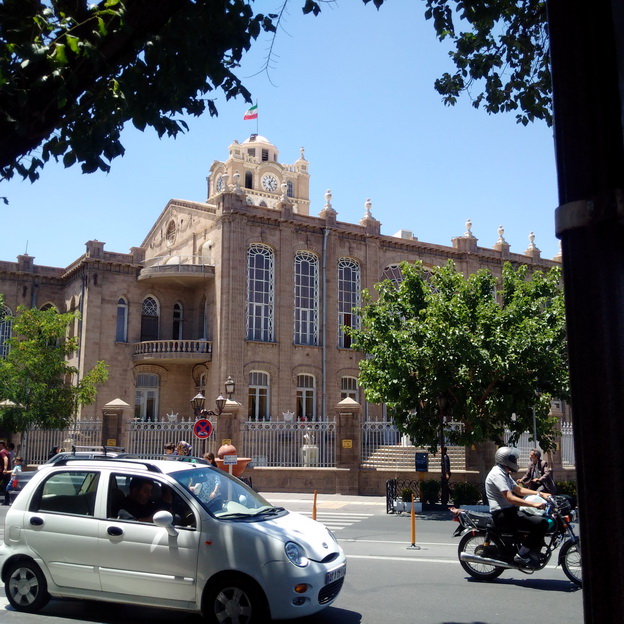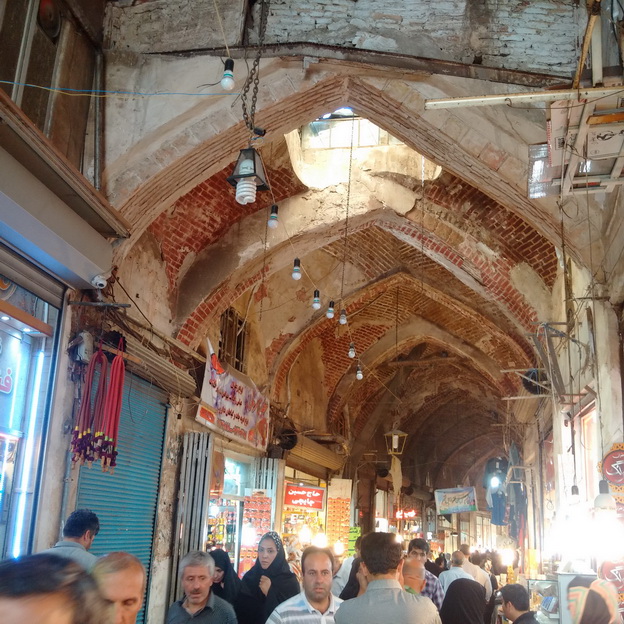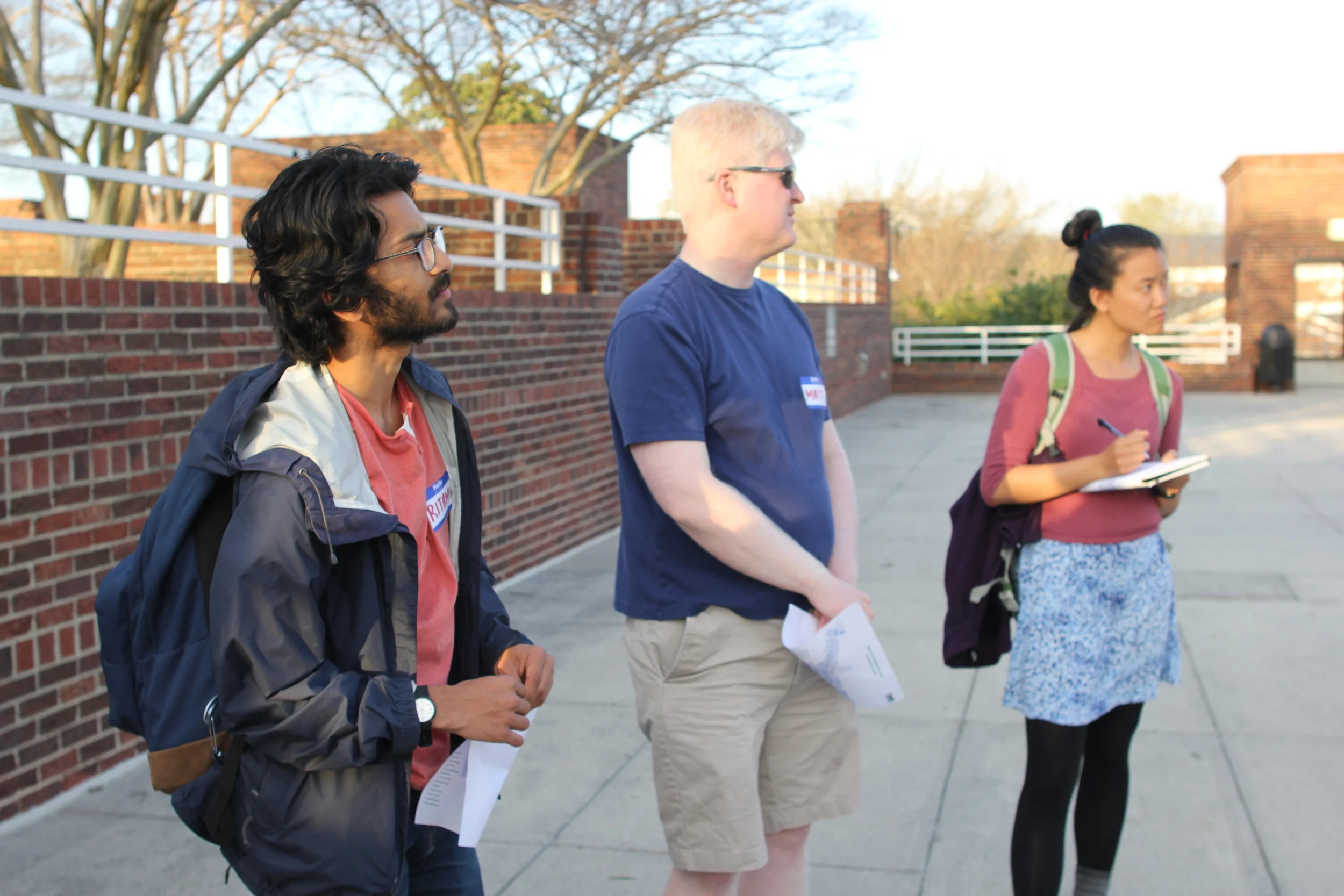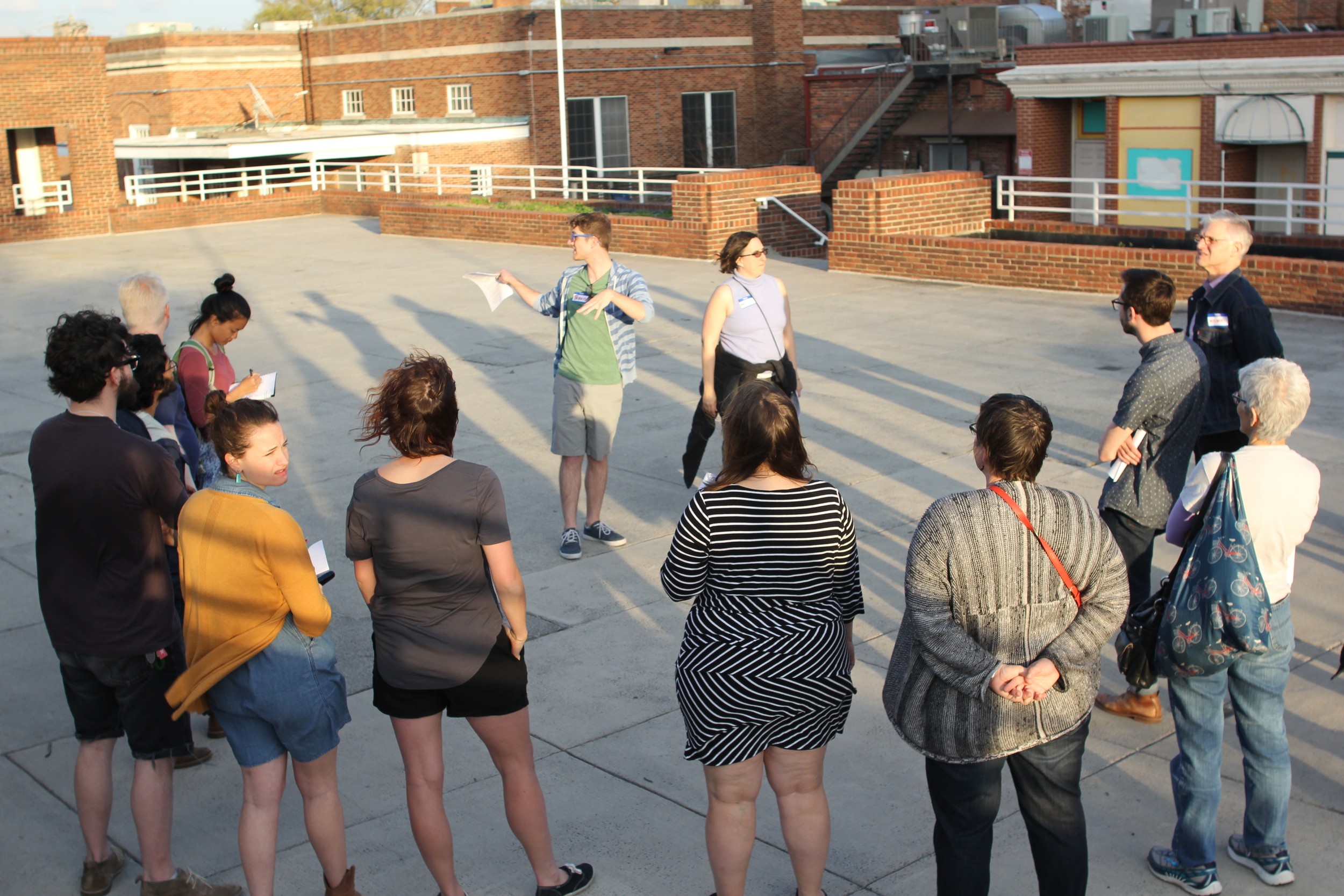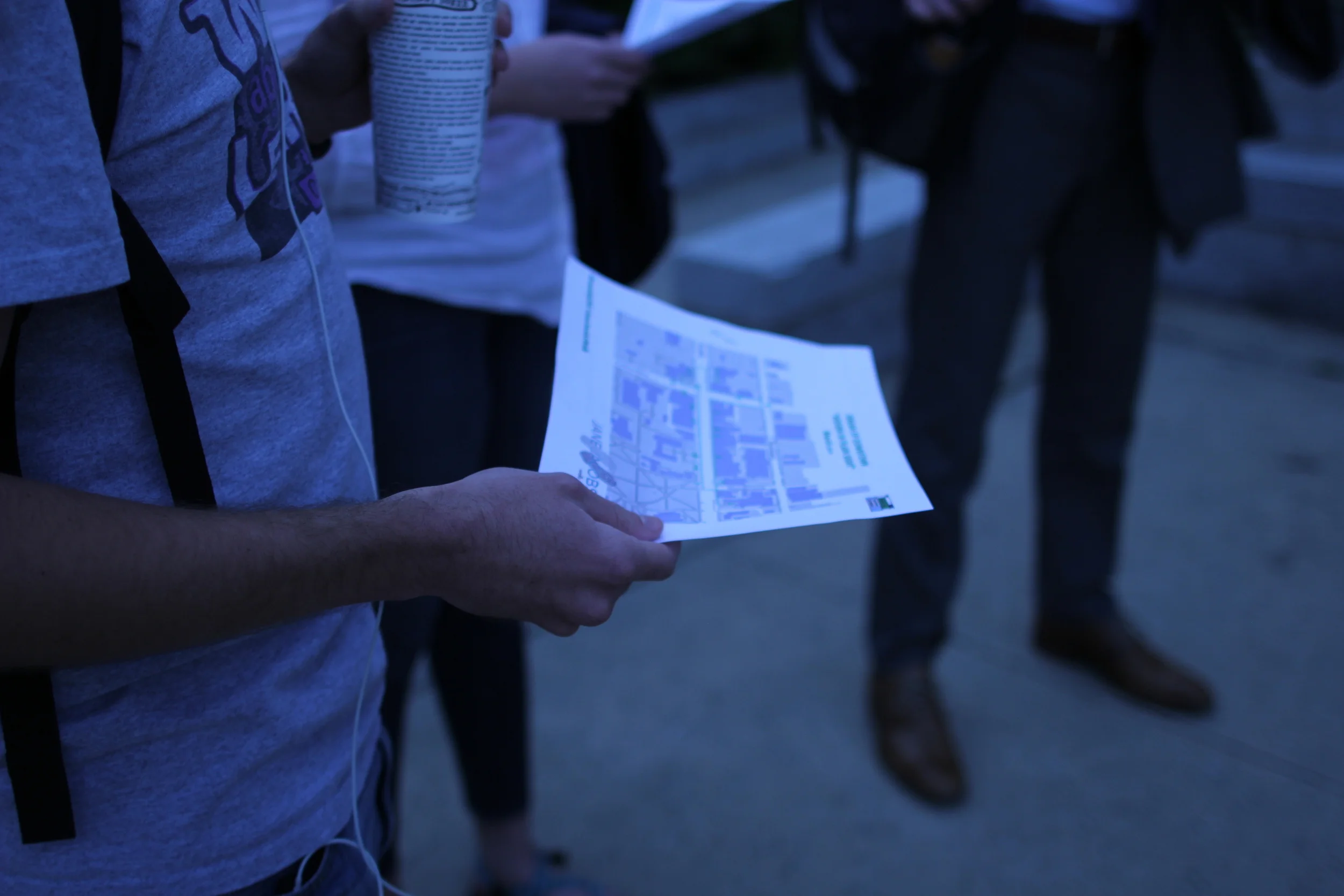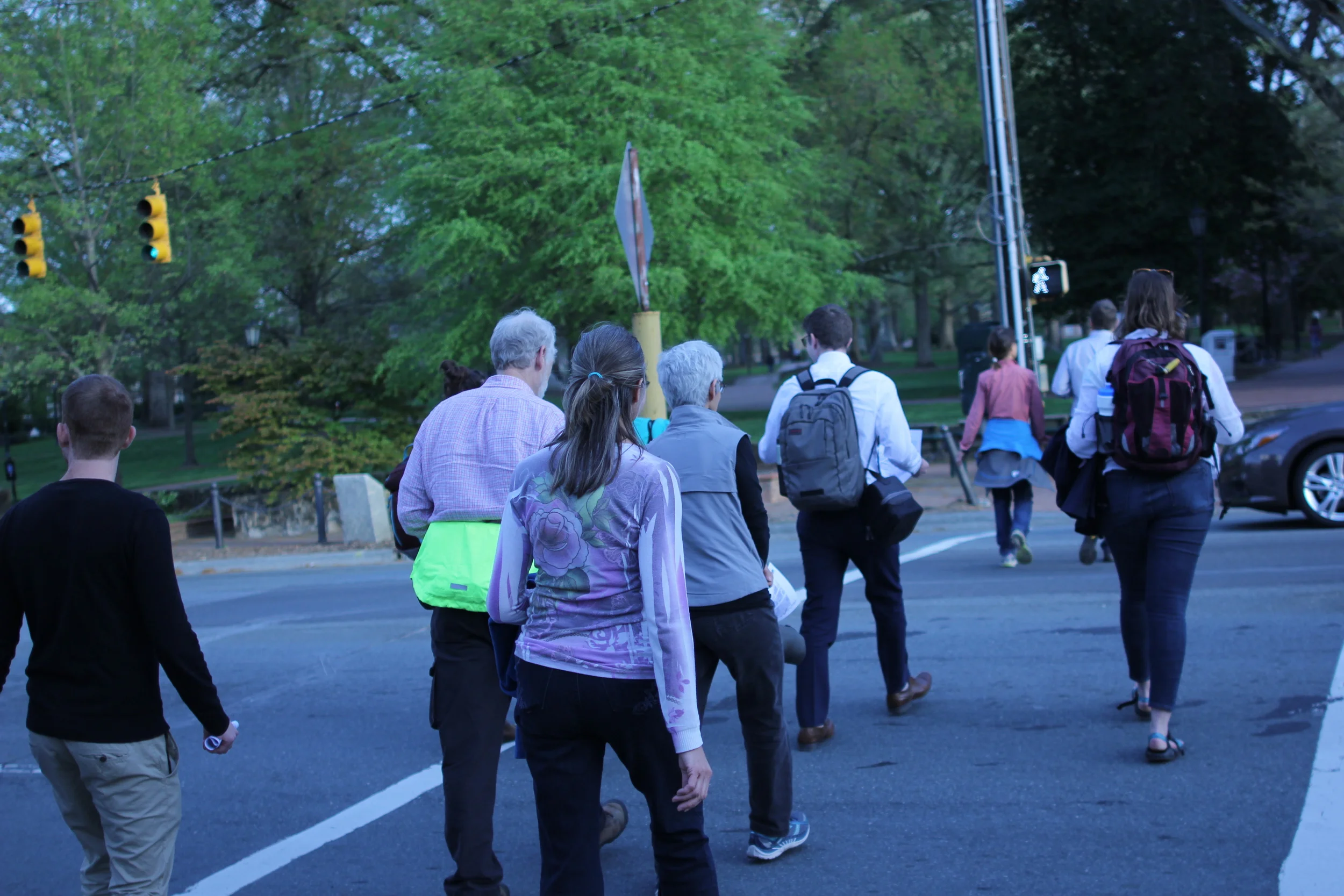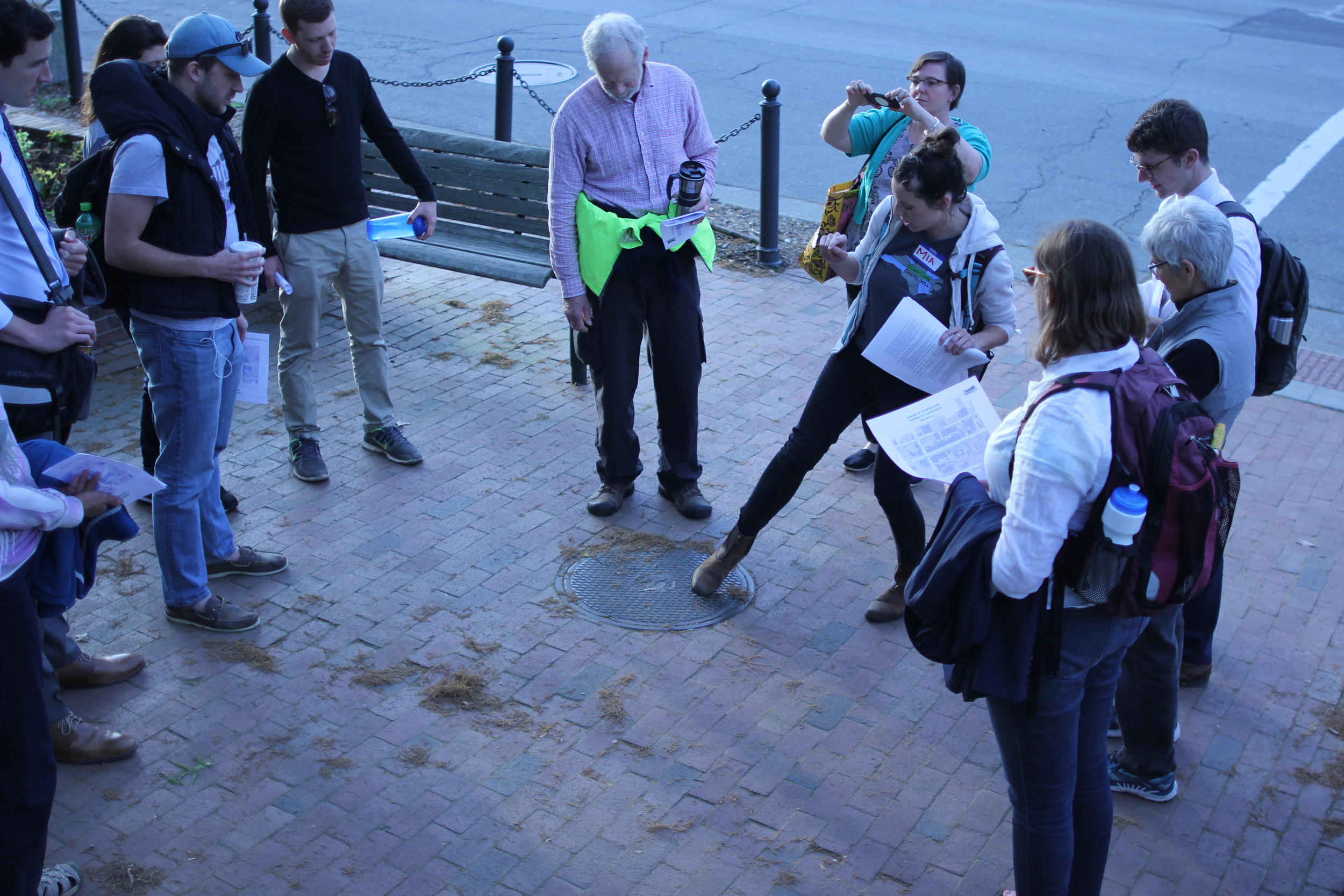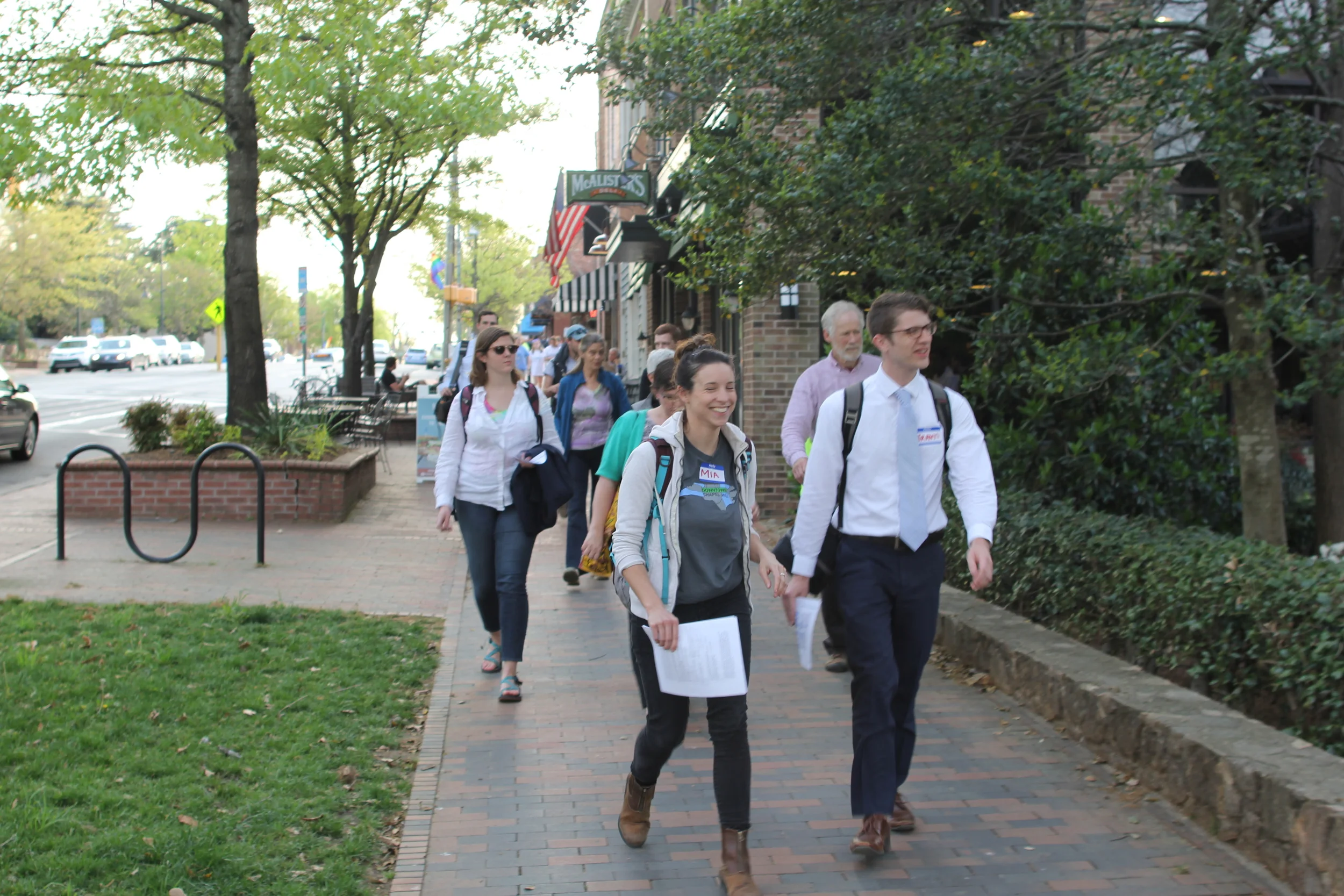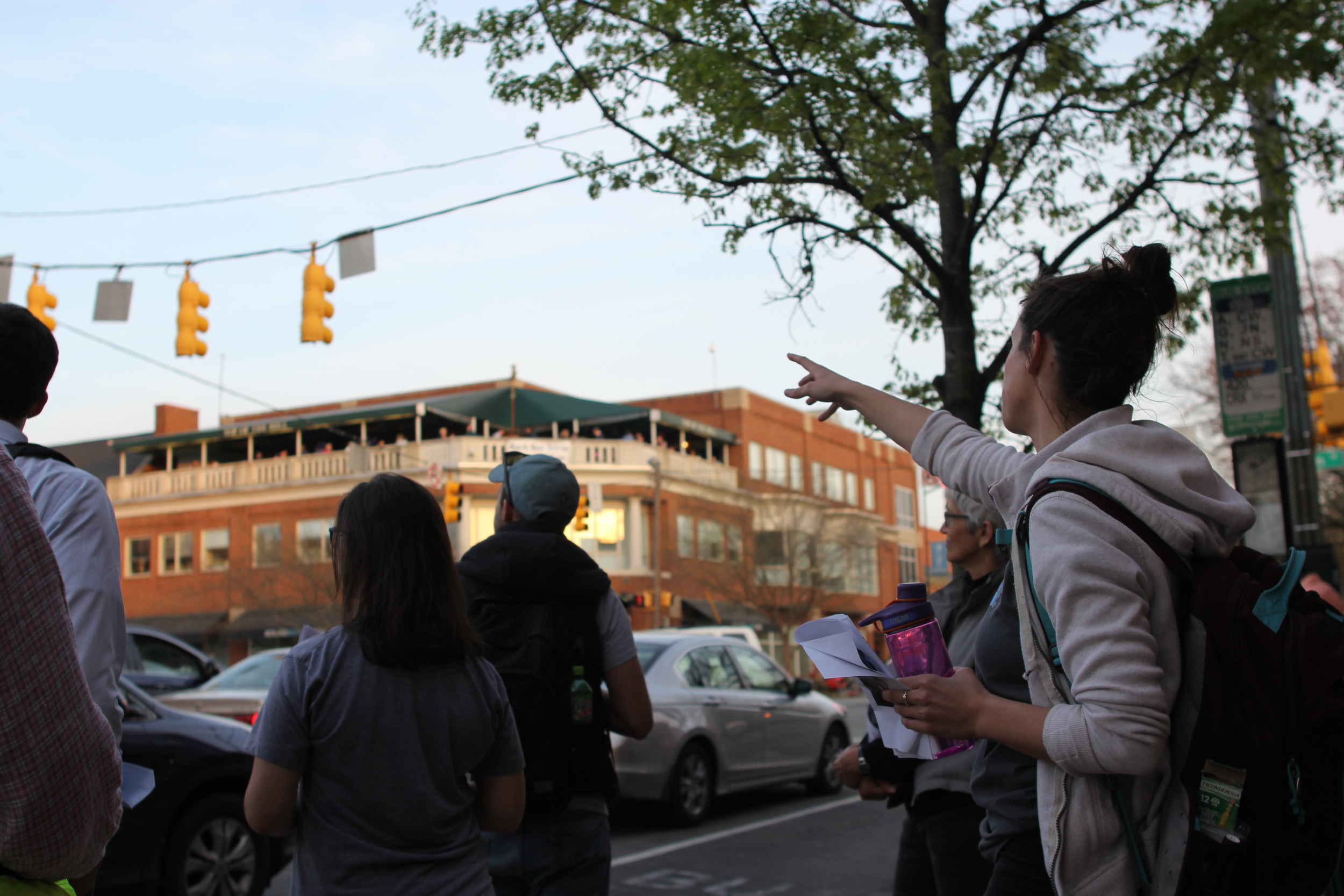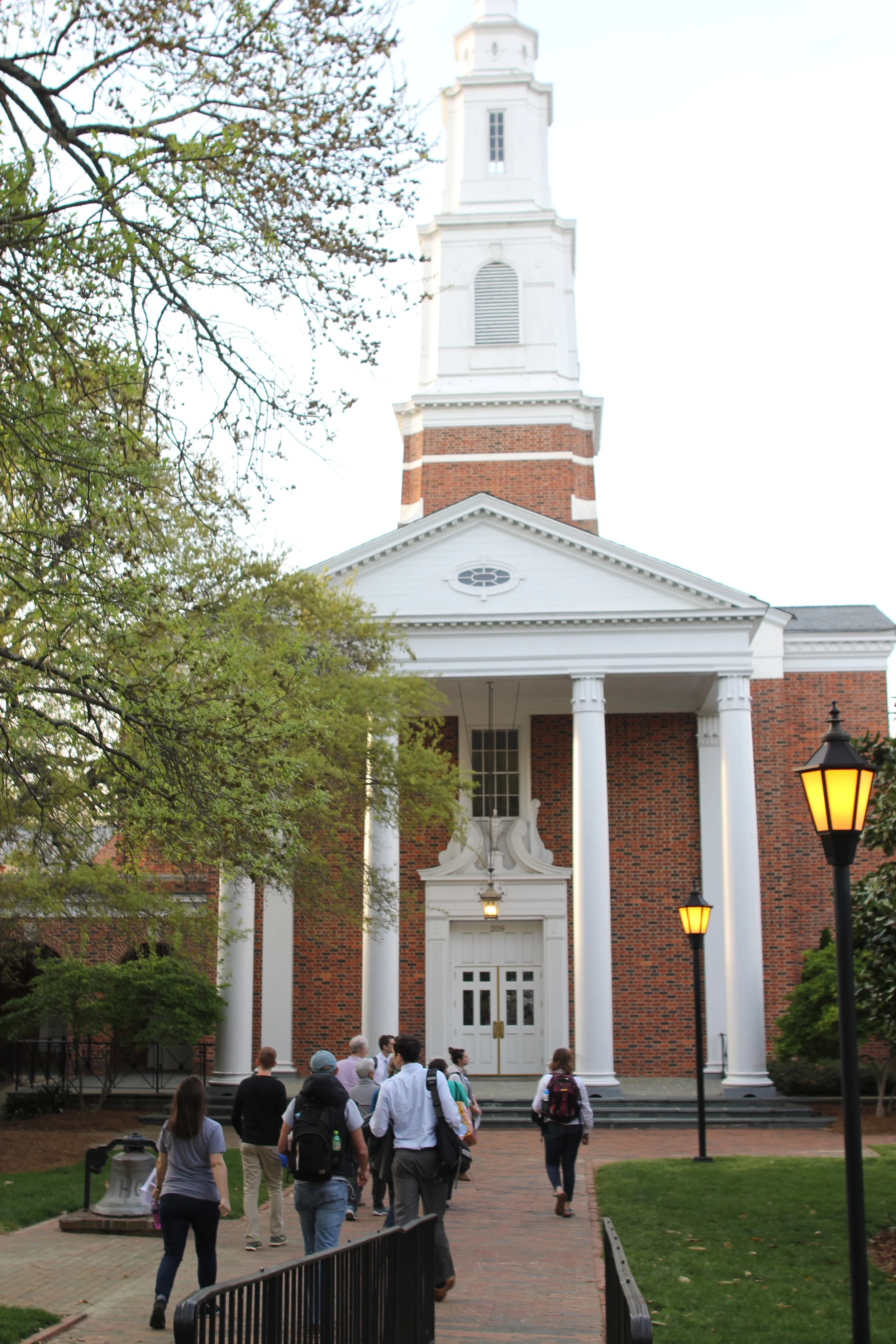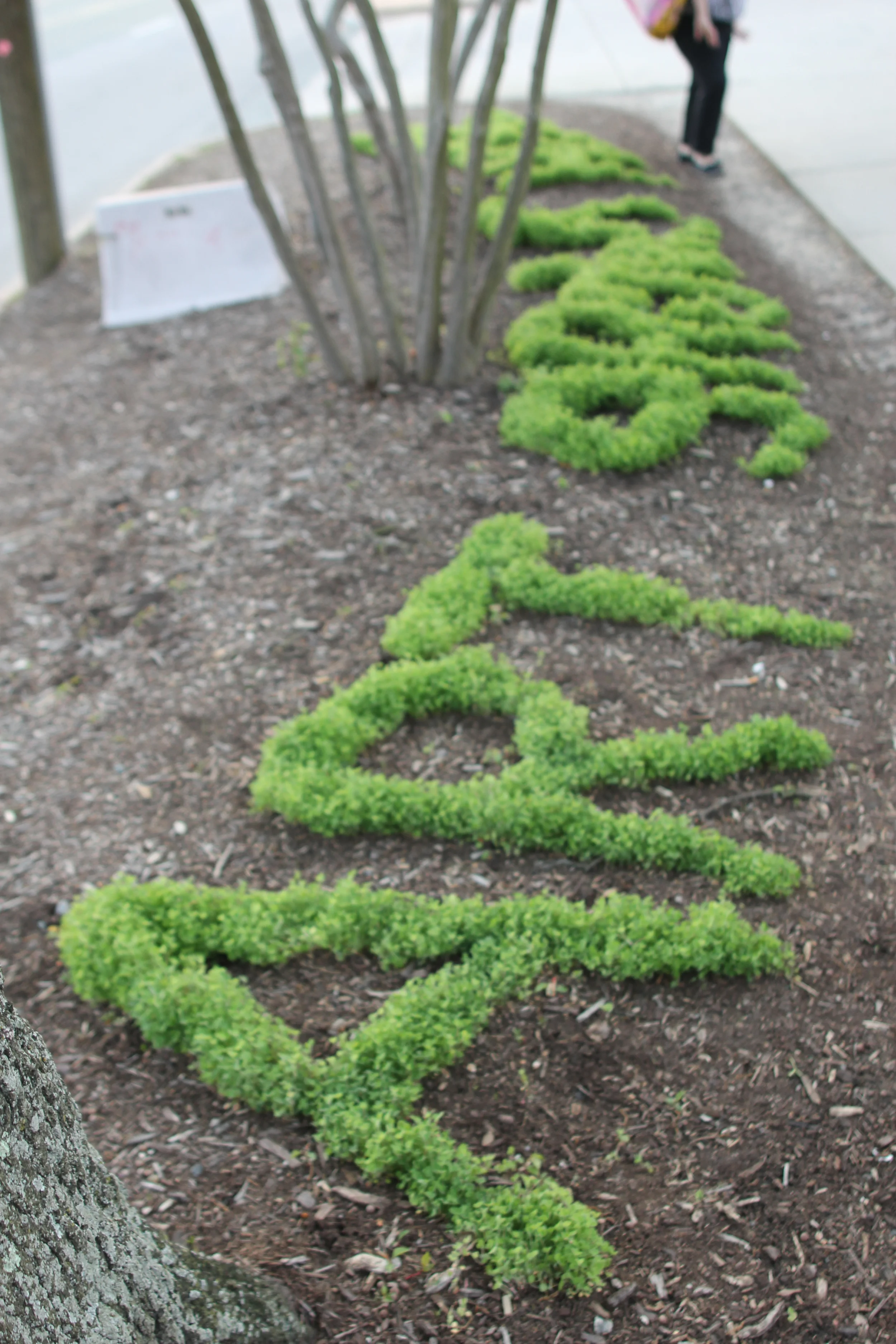1. What is your relation to Jane Jacobs Walks?
The organization I work with, StayLocal, supports New Orleans’ independent businesses. StayLocal is a non-profit founded in 2001 that promotes buying, sourcing, and supporting local. Our parent organization, the Urban Conservancy (UC), works to catalyze equitable policies and practices related to the urban built environment and the local economy through research, education, and advocacy. We thought it would be great to host a Jane Jacobs Walk together because her theories align with our work.
2. Can you describe Stay Local a little more? How exactly do you promote local businesses?
StayLocal aims to raise the visibility and viability of the New Orleans’ local businesses. We do this through educating the public on the importance of shopping local and providing businesses with the resources they need to be successful.
We also advocate for independent businesses on the local and national levels to ensure policy represents the interests of small business owners. StayLocal conducts original research and publishes reports and studies that drive systematic change to support a vibrant local economy.
3. Why were you interested in hosting a walk in New Orleans?
Our walk focused on the “West Mag” economic corridor in Uptown New Orleans. We brought in local architect and neighborhood resident, Marilyn Feldmeier, to provide historical context and to give her perspective on what makes a successful economic corridor.
Marilyn told us that the corridor has always been an economic hub. Over the years, our transit modes played a major role in shaping the corridor. The Whole Foods on the block once housed mules when carriages were the main form of transit, and later it became a streetcar station as transportation modes evolved.
On our walk, we spoke to several local business owners including Blake Haney from Dirty Coast Press, a New Orleans themed retail shop, and Tom Lowenburg from Octavia Bookstore. Both owners provided a unique perspective on the corridor. Blake spoke about how the city’s distinct character inspires his work, and the effects of national chains in the corridor. Tom’s story focused on his policy work to level the playing field for brick and mortar retailers by ensuring fair and equal taxation of online goods.
In relation to Jane Jacob’s theories, the more we buy and source from businesses that are firmly rooted here in New Orleans, the more resilient we become.
4. What are your hopes for the future of New Orleans’ community, maybe something related to the walk you did?
I hope that this city stays vibrant and diverse! Locally owned businesses imbue New Orleans with its unique character and aura of authenticity. They are a big part of why people want to live, work, eat, shop, and play here.
5. What are your goals for the participants when you host a Jane Jacobs Walk?
I hope they gain perspective - that they think about something in a new way or see their city in a different light. Whether it is noticing a new store, learning about issues local business owners face, or identifying with the meaning behind Dirty Coast’s “Be a New Orleanian Wherever You Are” stickers, Jane Jacobs Walks encourage residents to appreciate the beauty and complexity of the places they call home.
6. Anything else you would like to add?
I moved to New Orleans five years after Katrina, and there were few national chains. The chains were slow to re-build, but the local businesses were among the first to come back. Our independent businesses keep this city alive, keep it flourishing, and keep it unique!
We want to give out a huge thanks to Meredith Cherney for doing this interview, as well as her contribution to Jane Jacobs walks, her service to her community, and the work she does at StayLocal.
If you want to learn more about subjects mentioned in this interview, here are some links:
New Orleans, LA: What Makes West Mag a Success
StayLocal.org
www.urbanconservancy.org/the-mission


